Type of Russian missile that struck Kyiv children’s hospital includes Swiss components

The Kremlin has turned to microprocessors and other technology not intended for military use to skirt sanctions, the Financial Times reports.
The type of Russian missile that destroyed a Kyiv children’s hospital relies on western-designed components, according to experts and Ukrainian officials, showing the Kremlin’s success at evading sanctions.
Captured on camera a second before it hit the cancer hospital on Monday, the Kh-101 is one of Russia’s most advanced cruise missiles and critical to its intensifying air strike campaign against Ukraine.

Russia is making nearly eight times more Kh-101s than before President Vladimir Putin ordered the full-scale invasion of Ukraine in 2022 – and is still dependent on parts from western countries, particularly the US.
“Western technology is allowing them to build these smarter missiles, which allow their terror attacks to get past our struggling air defences,” said Olena Bilousova, a research lead on sanctions at the KSE Institute in Kyiv.
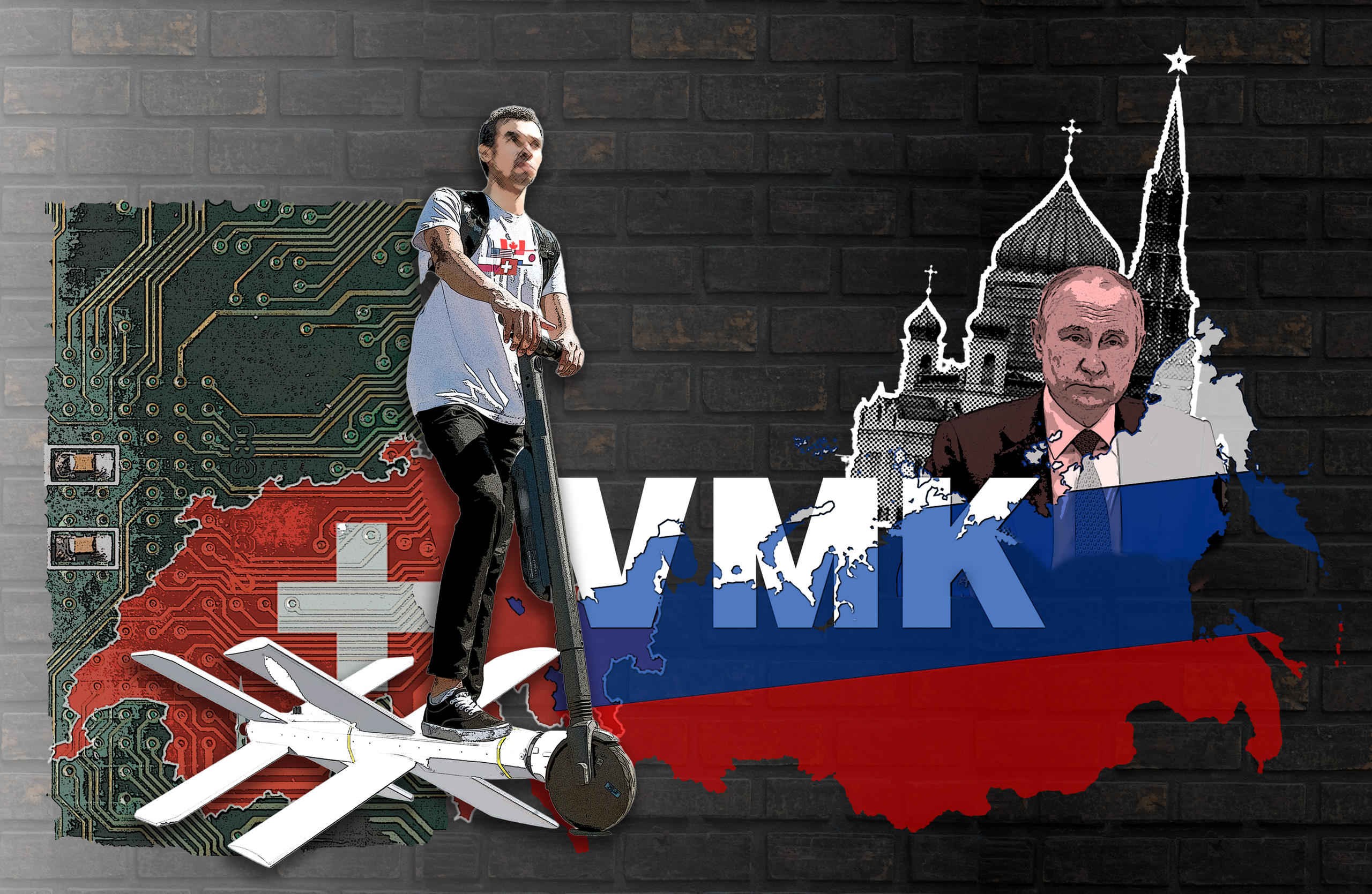
More
Russia’s killer drones still boast Swiss components. How come?
Although sanctions have cut Russia off from some advanced components, the Kremlin’s defence sector has turned to microprocessors and other advanced technology not intended for military use.
The transition is visible in Ukrainian analysis of a Kh-101 fired in January, which revealed 16 pieces of western-made electronics inside the missile.
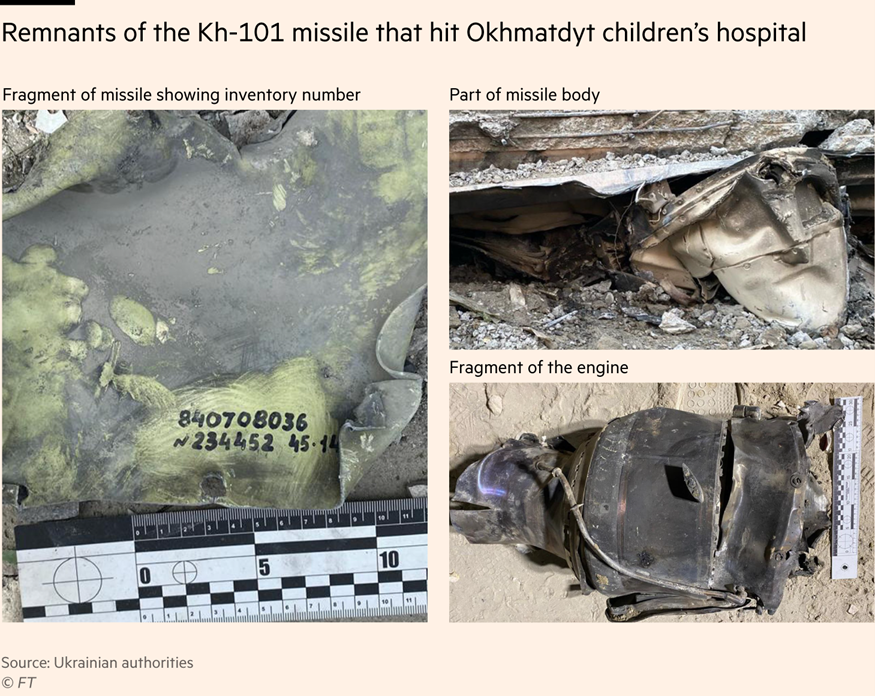
Two of the components were branded as made by Switzerland-headquartered STMicroelectronics, with the remainder made by US chipmakers including Texas Instruments, Analog Devices and Intel.
All of the goods are principally intended for civilian use – with some quite old. Financial Times analysis of Russian filings shows how Russian companies in 2023 were able to obtain parts identical to those used in the January Kh-101 by simply buying them on the open market and importing them via China.
While the Russian documents state that the parts were made by western manufacturers, all were listed as having been made in China, Malaysia, the Philippines, Taiwan or Thailand.
Want to read our weekly top stories? Subscribe here.
Analysis of a single wreckage is likely to understate the extent of Russia’s foreign reliance. According to an analysis from the Office of the President of Ukraine provided to the FT, a complete Kh-101 can contain more than 50 different foreign-produced parts.
Monday’s large-scale attack on infrastructure and commercial and residential buildings across Ukraine killed at least 43 civilians and wounded more than 190 others, according to authorities.
Russia has denied targeting the hospital and claims, without evidence, that Ukraine struck it from a Nasams anti-air defence system, supplied by the US and Norway.

Dmitry Peskov, Putin’s spokesperson, told reporters that Russia only carried out strikes against “critical infrastructure and military targets that have something to do with [Ukraine’s] military potential”, according to Interfax.
But Pavel Luzin, a visiting scholar at Tufts University’s Fletcher School of Law and Diplomacy, said: “Russian missiles almost always fly where Russia’s military aims them. If a Russian missile hit a hospital, that means Russia’s military targeted a hospital.”
Russia’s foreign ministry spokesperson Maria Zakharova said Ukraine was at fault for “deliberately placing anti-air systems in residential areas”, according to state newswire RIA Novosti, adding that the Artem munitions factory, a defence ministry complex, and several military storage facilities were all “within walking distance” of the hospital.
Footage captured as the missile approached its target left “absolutely no doubt” it was a Kh-101, according to Fabian Hoffmann, a doctoral research fellow at the University of Oslo, who added there was no evidence it was knocked off course by air defences.
The image clearly shows the Kh-101’s distinctive wings, nose, rounded box shape of the fuselage, and externally mounted turbofan engine. There is no sign of any missile from Kyiv’s US-made Patriot and Nasams air defence systems or any signs of damage to the Kh-101.
“Russia has used Kh-101s for military targets and civilian targets,” Hoffmann said. “This is about imposing an opportunity cost on the adversary by forcing them to rebuild these facilities. But this is also about terrorising the population and undermining morale.”
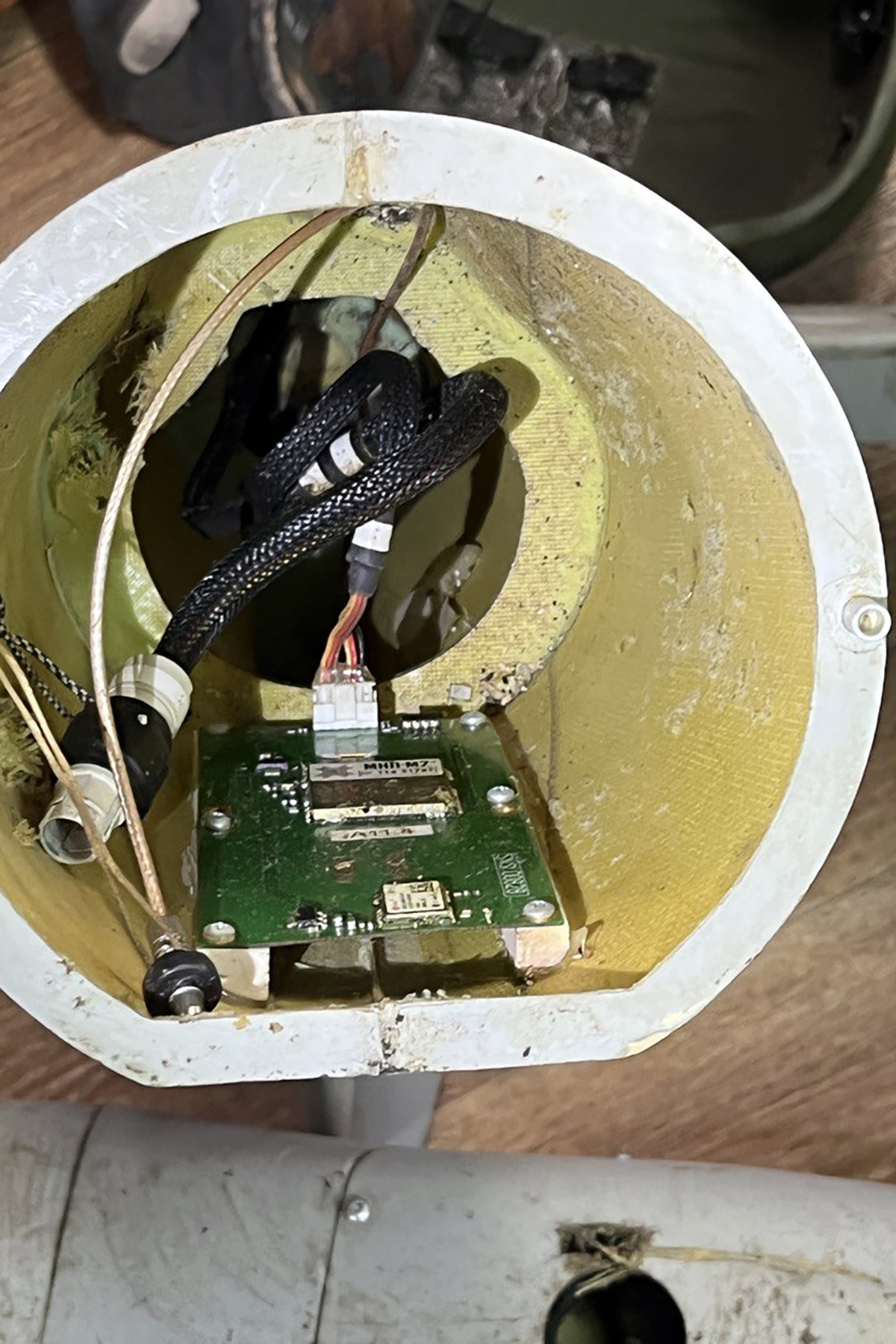
More
Swiss chips not vital to Lancet drone production: Russia military expert
In 2021, the year before Putin ordered the full-scale invasion, Russia produced just 56 Kh-101 missiles. After the Kremlin kept arms factories running in round-the-clock shifts, the country produced 420 Kh-101s last year – a nearly eightfold rise, according to a report last month by the Royal United Services Institute, a British defence think-tank.
US efforts to crack down on the supply chains for Russia’s defence industry have made advanced western technology more difficult to source, prompting manufacturers to turn to civilian components that do not have the resilience or protection usually demanded of military-use electronics.
“Western sanctions are working . . . Putin can’t produce the most sophisticated weaponry,” Oleksandr Lytvynenko, secretary of Ukraine’s national security and defence council, told the FT in an interview before Monday’s attack. “Russia is able to produce large quantities” of missiles, he added. “But the quality of many is very poor.”
While accuracy is important, it is not imperative for Russia’s military, Lytvynenko said. Whether Moscow strikes its target or not, the intended goal is always at least partly achieved: to “cause terror”.

Russia’s cruise missile fail rate may be as high as 20 percent, Hoffmann estimated, as smuggled components provide inaccurate guidance, fail to cope with the rigours of subsonic flight, or prevent a launch entirely.
But Ukraine’s overstretched air defences still struggle to cope with massive barrages such as Monday’s, in which Russia fired 38 missiles. Ukraine’s air force said it had downed 30 of them.
The available evidence, meanwhile, indicates the missile hit its preset target, Hoffmann said.
“There is no visible damage on the fuselage of the missile. The exhaust stream looks exactly as it should. The missile is not tumbling, it is on a controlled flight path. This looks more like a purposeful attack on target, rather than a freak accident,” Hoffmann said.
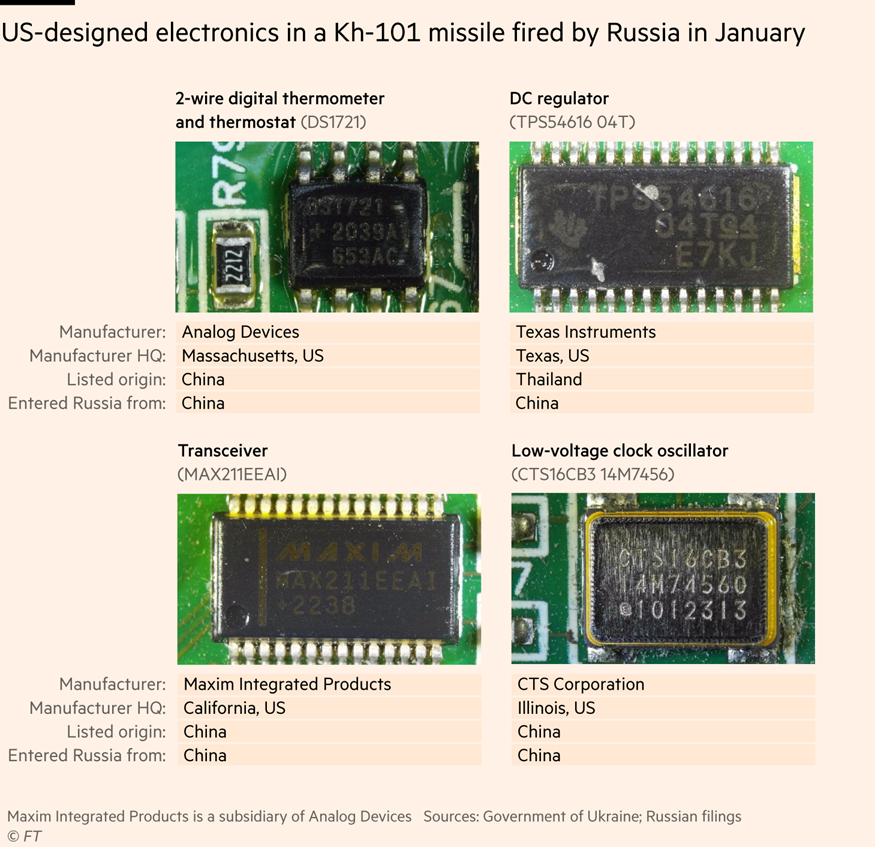
Russia has slightly increased its rate of fire from March to June, when it launched 446 missiles, compared with 423 over the same period a year earlier, Luzin said. Of those, 304 this year were Kh-101s or their Soviet predecessor, the Kh-555.
Russia may also be relying on reserves of components from older models to maintain production rates of newer missiles, Luzin said. One possible example is the R95 engine for older missiles, which could adequately substitute for the Kh-101’s more modern TRDD-50A engine without forcing Russia to grapple with scaling up advanced production, he added.
“Not all the electronic components are military grade, and even if they’re banned from being supplied to Russia, Russia buys them through front companies in the Middle East and south-east Asia,” Luzin said. “It’s the engines that are the biggest problem. They’re complex machines.”
The US regards items made using US technology, even if made abroad, as potentially being covered by its domestic export controls. The rules are difficult to enforce, however: while there is no evidence that any major suppliers have breached US export controls, components can then be resold by buyers who do not respect the rules.
Vladyslav Vlasiuk, a sanctions expert working in the Ukrainian presidential office, told the FT that President Volodymyr Zelensky would raise the issue of western components used to produce Russian missiles with western leaders at this week’s Nato summit in Washington.
The Semiconductor Industry Association, the US trade body for the sector, said its members “take very seriously their responsibility to have robust and comprehensive compliance programs, which include conducting due diligence, auditing and supply-chain tracing to identify and remove bad actors from their supply chains. However, these efforts alone cannot prevent intentional product diversion, counterfeiting and misuse.”
Copyright The Financial Times Limited 2024

In compliance with the JTI standards
More: SWI swissinfo.ch certified by the Journalism Trust Initiative



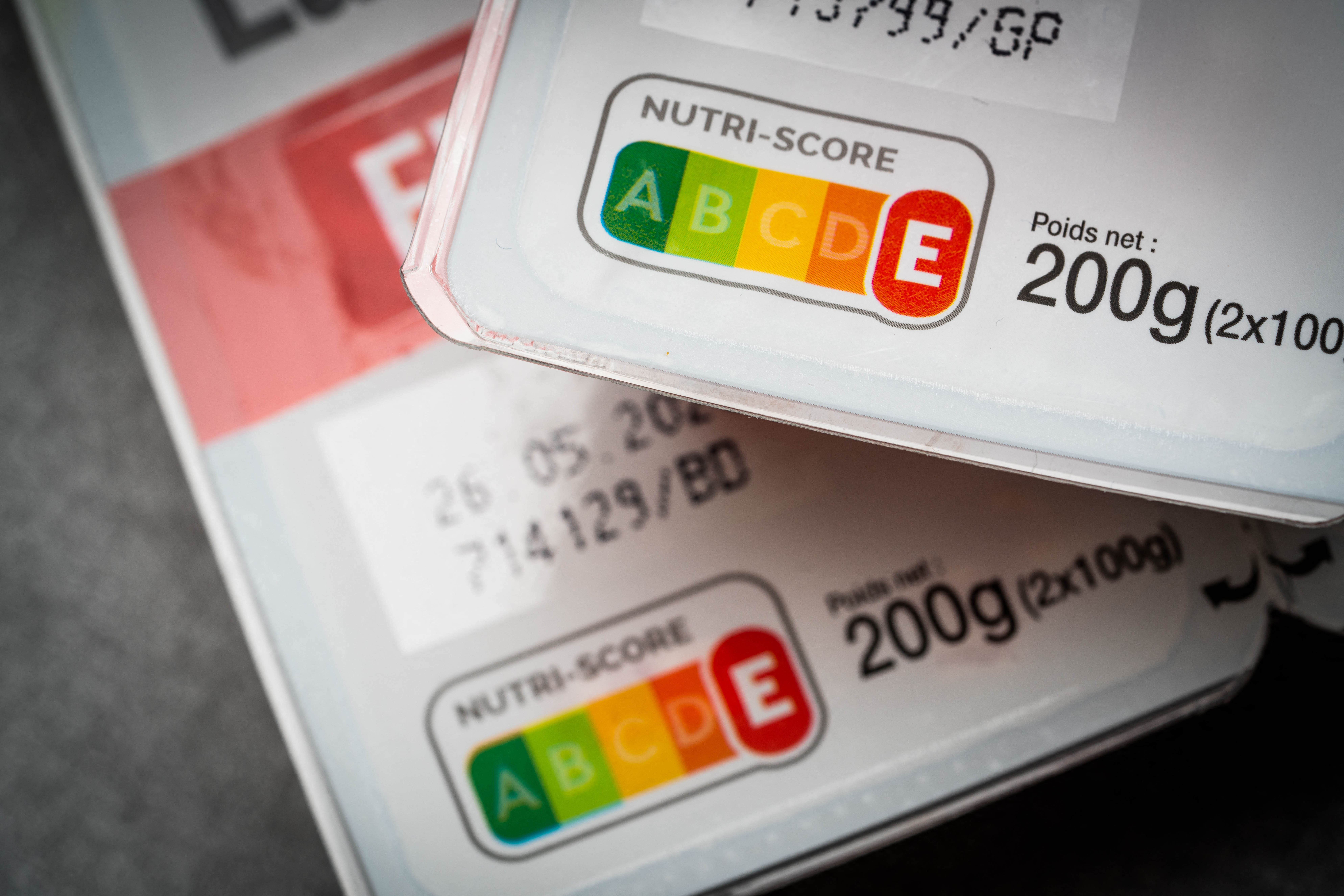




You can find an overview of ongoing debates with our journalists here . Please join us!
If you want to start a conversation about a topic raised in this article or want to report factual errors, email us at english@swissinfo.ch.